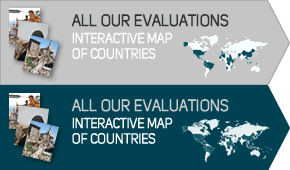Description of project
DARA conducted an evaluation of UNICEF’s response and recovery efforts to the Gorkha Earthquake in Nepal between January and June 2016. The evaluation assessed how core elements of the emergency response were addressed and the linkages between the response, early recovery and reconstruction phases. In addition, the evaluation will feed into the Nepal Country Office’s upcoming 2017 Country Programme Action Plan (CPAP) planning process and is intended to strengthen accountability and transparency to UN partners, donors and affected population.
In April and May of 2015, Nepal was hit by two devastating earthquakes, one of 7.8 magnitude and a second of 7.3 magnitude, which caused widespread damage, leaving over 8,000 people dead and over 100,000 injured, and destroying over 600,000 houses and damaging over 280,000. The earthquakes severely affected water supplies and key infrastructure, such as schools, roads, and health facilities. Forty per cent of those affected were children under 18 years old, and the most disadvantaged social groups, including Dalit children, those living in remote areas, children with disabilities and women headed households, suffered the greatest damage and loss, heightening their existing vulnerabilities.
During the evaluation field mission, the evaluation team visited 9 districts in Nepal (Dhading, Dolakha, Gorkha, Lalitput, Kathmandu, Nuwakot, Ramechhap, Rasuwa, and Sindupalchowk) and 19 Village Development Committees. The evaluation team conducted over 150 key informant interviews and 30 discussion groups and observed a number of modalities of assistance, including health centres, temporary learning centres, shelter homes, child friendly spaces and community and individual toilets. In addition, the evaluation included a household survey to complement the evaluation findings, which was undertaken in Dhading and Sindupalchowk districts. The survey asked beneficiaries over the type of assistance they received and its suitability and timeliness, greatest needs, involvement in the design and implementation of activities, and communication after the earthquake, among other topics.
Read the final report and annexes.

Share this